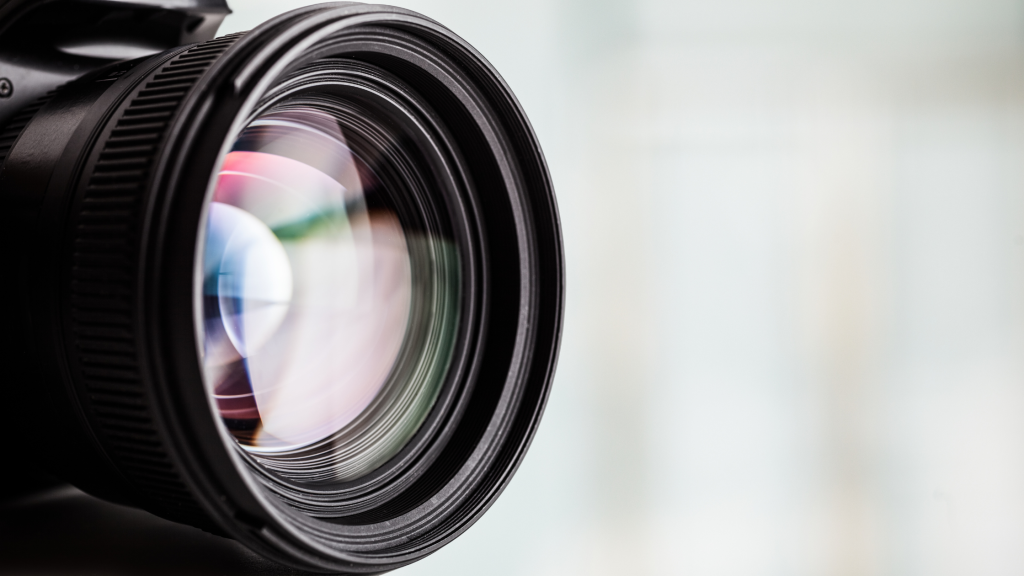Expanding the Horizons of Product Photography: A Deep Dive into Pictorial Excellence
Specialization in Product Photography Niches
Specialized Equipment and Techniques for Unique Products:
Investigate the specialized equipment and techniques required for unique product categories such as jewelry, which may require macro lenses and focus on reflective and refractive surfaces.
Genre-Specific Styling and Composition:
Delve into genre-specific styling and composition for sectors like technology, where the emphasis is on sleek lines and modernity, or handmade goods, where the focus might be on craftsmanship and authenticity.
Cross-Disciplinary Collaboration in Creative Processes
Collaborating with Designers and Artisans:
Foster partnerships with product designers and artisans to gain deeper insights into the products’ unique features and design ethos, which can inform the photographic approach.
Integrating Graphic Design and Photography:
Work closely with graphic designers to ensure that product photographs are harmoniously integrated into overall design layouts, particularly for packaging and advertising.
Experimental and Avant-Garde Product Photography
Experimenting with Mixed Media:
Explore mixed media approaches, combining photography with other art forms such as illustration or digital art to create standout product images.
Innovative Post-Production Techniques:
Push the boundaries of post-production with experimental techniques like digital double exposure, abstract color grading, or 3D layering to create visually arresting images.
Navigating the Evolving Digital Landscape
Adapting to New Digital Formats and Platforms:
Adapt product photography to various digital formats and platforms, each with its own set of rules and best practices, from high-resolution website galleries to fast-loading images for mobile apps.
Optimization for Virtual and Augmented Reality:
Prepare product photography for use in virtual and augmented reality environments, understanding the technical requirements and creative opportunities these platforms present.
Anticipating and Shaping Consumer Expectations
Predictive Consumer Analysis:
Use predictive analytics to anticipate consumer trends and preferences, adapting your photographic style to meet emerging expectations.
Creating Demand through Imagery:
Craft images that don’t just cater to current consumer desires but also shape and create demand by presenting products in innovative, trend-setting ways.
Integrating Global Market Trends
Global Visual Language:
Develop a global visual language for product photography that resonates across cultures while maintaining the flexibility to cater to local market nuances.
Cross-Cultural Visual Storytelling:
Master cross-cultural visual storytelling, ensuring that imagery effectively communicates the product narrative to a diverse global audience.
Tackling Legal and Ethical Challenges in Photography
Navigating Copyright Issues:
Understand the complexities of copyright in product photography, from ensuring you have the rights to all elements in your images to respecting intellectual property laws across different jurisdictions.
Ethical Considerations in Digital Manipulation:
Address ethical considerations in digital manipulation, ensuring that enhancements serve to accurately represent the product and do not mislead the consumer.
Leveraging Analytics for Visual Content Strategy
Visual Content Analytics:
Leverage visual content analytics to gather actionable insights on image performance, user engagement, and visual trends.
Strategic Image Placement:
Use data to inform strategic image placement, ensuring that product photos are positioned to capture maximum user attention and engagement.
Technological Advancements and Future-Proofing
Embracing Cutting-Edge Imaging Technology:
Stay abreast of cutting-edge imaging technology, from high-resolution sensor advancements to AI-based lighting systems that can revolutionize product photography.
Future-Proofing Photography Practices:
Future-proof your photography practices by staying informed about changes in technology, media consumption habits, and e-commerce platforms.
Sustaining Growth and Innovation in Product Photography
Continuous Learning and Skill Development:
Emphasize the importance of continuous learning and skill development to keep up with the rapidly evolving field of product photography.
Innovation Labs and Think Tanks:
Establish innovation labs or think tanks within your business or photography practice to experiment with new ideas and technologies, fostering a culture of creativity and continuous improvement.
Conclusion
As the digital and consumer landscapes continue to evolve, product photography remains an essential and ever-changing art form. By staying informed about technological advancements, embracing innovation, and understanding the psychological impact of imagery, photographers and brands can create powerful visuals that drive engagement and sales. This expanded guide serves as a comprehensive resource for those aspiring to lead in the competitive world of product photography, offering insights and strategies to craft images that stand out in the saturated digital marketplace.

